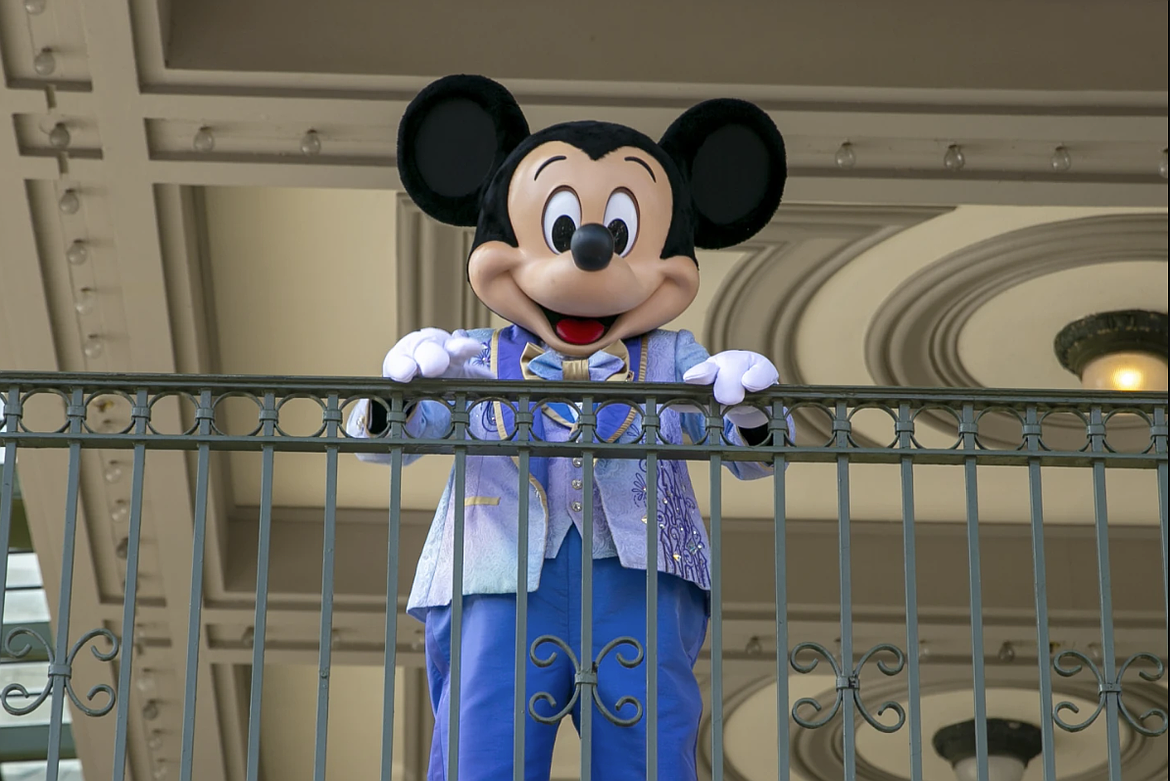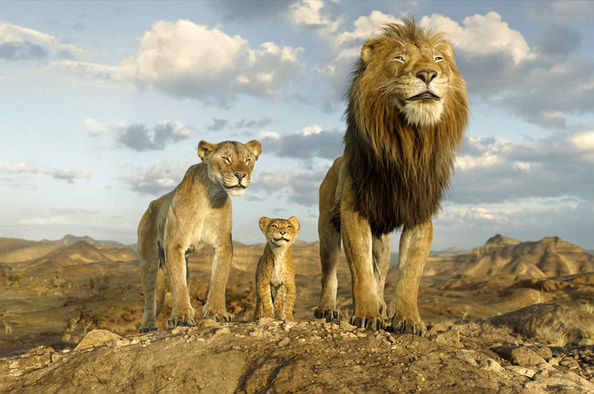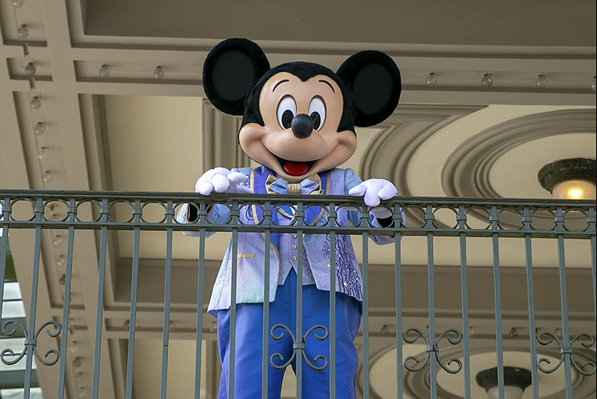If you asked a critic: Disney remakes and box office bombs
You didn’t ask, but I’m going to tell you anyway.
Back in the day, famed film critic Roger Ebert ran a weekly “Movie Answer Man” column in which readers would ask him about all sorts of movie-related topics.
Here at the Coeur d’Alene Press, most of the emails I receive try to scare me into replying with my Social Security number.
No matter! We don’t need “REAL” questions to do a Q&A-style movie column. Fake questions can still yield thoughtful answers.*
*The Press cannot guarantee the thoughtfulness of this column.
"Over the years, I’ve seen The Press critic rant immaturely about all those live-action remakes of Disney animated classics. In the spirit of the recent release of “Snow White,” are any of the remakes actually good?"
– Penny Pal, Spirit Lake.
Immaturely? Geez, I forgot how these fake questions skew mean.
Yes, in every case, I prefer Disney’s animated originals over their live-action remakes. I still maintain that “The Lion King” and last year’s “Mufasa: The Lion King” are not even live-action remakes. They’re just CGI animated movies.
Anyway, believe it or not, I do sorta enjoy a few of these movies. I enjoyed enough of 2018’s “Christopher Robin,” though that film doesn’t technically remake an animated “Winnie the Pooh” story. I also didn’t mind “The Little Mermaid” in 2023, mostly because of its decent cast and a few new Lin-Manuel Miranda songs (that still hasn’t been enough for me to watch “Mufasa”).
The best live-action remakes, though, are the two earlier entries that people tend to forget. The 1996 version of “101 Dalmatians” gets enough of the 1961 film’s charm right, and Glenn Close bites deliciously into the iconic role of villain Cruella de Vil. As a kid, I also loved the 1994 entry of “Rudyard Kipling’s The Jungle Book,” directed by Stephen Sommers (“The Mummy”) and featuring Sam Neill in a supporting role. Then again, you gotta remember this movie came out just a year after “Jurassic Park,” and my Dr. Alan Grant fandom was at its apex. The film has been notoriously absent from Disney Plus ever since the streaming service launched.
"I keep seeing that movies like 'Mickey 17' and 'Snow White' are bombs, despite opening at the top of the box office. What gives? If movies are so expensive to make, why do they keep making extra-expensive ones?
— Ethan Skate, Athol.
A good question with a complicated answer. Some movies simply cost too much because of talent asking prices, expensive reshoots, delays and many other things. Companies like Disney can often afford to absorb such costs because of their other revenue streams. “Snow White” likely won’t make its budget back in theaters, but it has other ways to maximize profits from the title, from incorporating elements into the theme parks or using its later debut on Disney Plus to attract/maintain subscribers.
One thing that rarely gets talked about, however, is just how much money has seemingly shifted into video-on-demand and post-theatrical streaming deals. After the pandemic, a certain segment of the moviegoing population never returned to seeing movies in a theater, in part because studios began offering relatively new releases for $20-25 to rent on VOD platforms. Universal Studios, which seems to be doing just fine by the way, continues its strategy of making films available for premium rental at home within 17-30 days of the theatrical release.
In short, the studios seem to be making some decent money from VOD rentals, and because they don’t report those numbers, it’s difficult to determine just how big of “bombs” some of these movies are. Yes, “Mickey 17” cost too much for Warner Bros. to make, and it won’t come close to matching its budget in theaters. But will it rent well on VOD? Will it entertain subscribers enough to keep their Max subscriptions for another month?
The concepts of a box office “hit” or “bomb” aren’t so easy to determine anymore. From my (albeit distant) perspective, it seems like these giant studios still find ways to make their money. The theaters, however, continue to take the brunt of declining theatrical exhibition.





